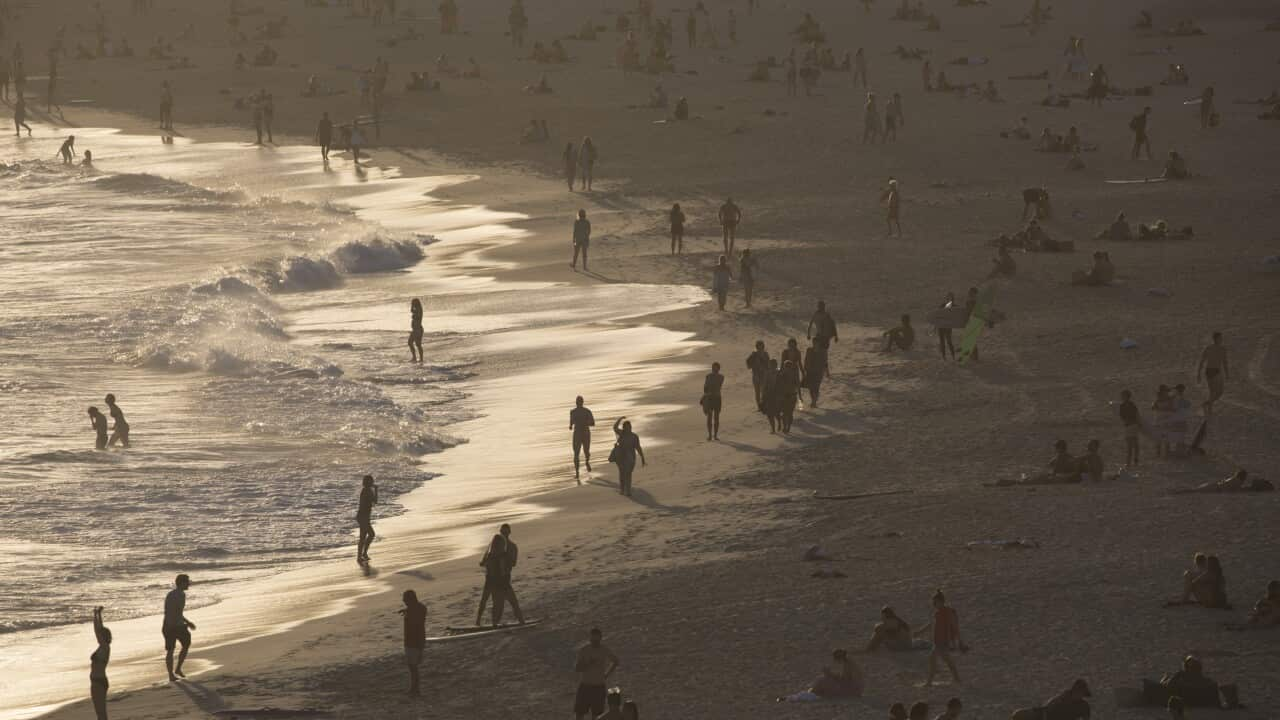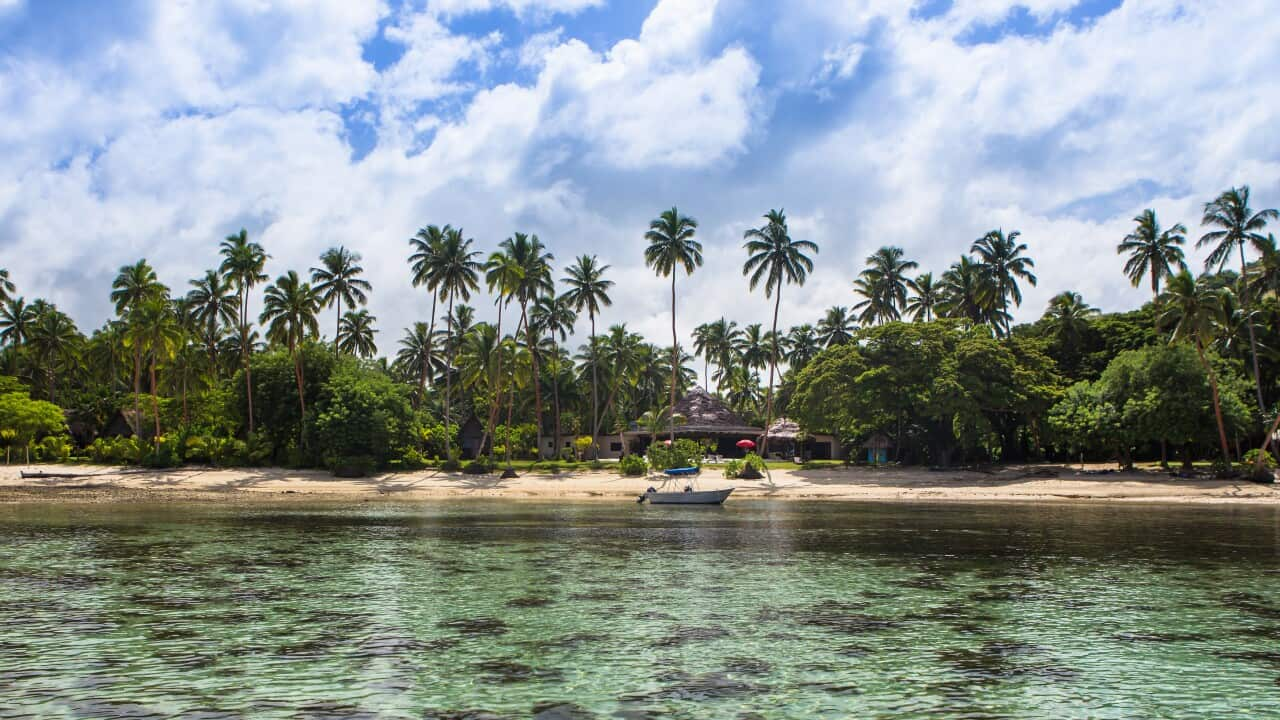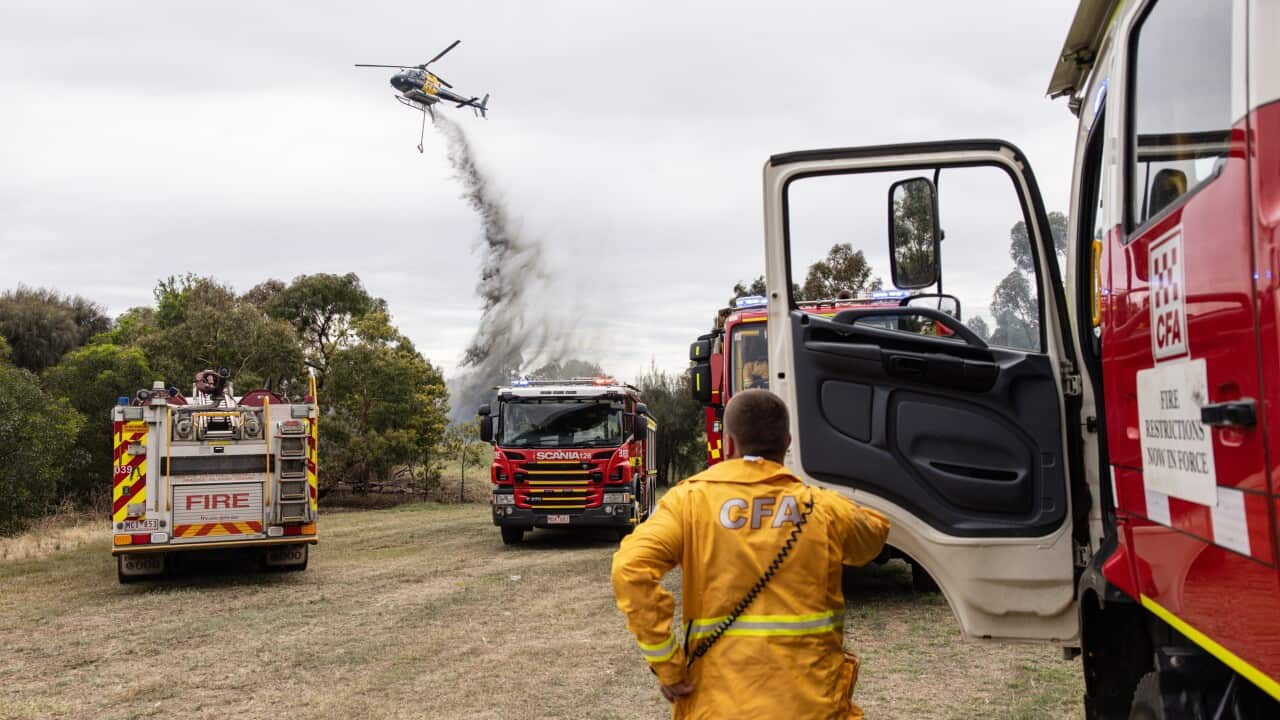Australia is sweltering this weekend as a heatwave rolls across the country, with temperatures in some places set to soar past 40C.
According to the weather app Weatherzone, parts of NSW, Victoria, Queensland, South Australia, and the Northern Territory could experience temperatures of up to 45 or 46C.
The Bureau of Meteorology (BoM) has said there is a high likelihood of fire weather warnings and severe heatwave warnings being issued across the country in the coming days as the heat sweeps a vast band from north through the southeast of Australia.
Speaking to ABC Weekend Breakfast, senior BoM meteorologist Dean Narramore said the heat on Sunday would focus around South Australia, inland New South Wales and northern Victoria.
On Monday, the heatwave will hit Victoria and New South Wales, where some inland areas may exceed 45C.
The heatwave is expected to continue into next week for many parts of Australia, with parts of Queensland, Western Australia and the Northern Territory forecast to endure the heat until late next week.
According to the BoM, Australia will experience warmer than average temperatures across summer, with an increase in unusually high temperatures during the night.
Heat stress kills more people than any other natural hazard, according to the World Health Organization (WHO).
This is partly because extreme heat can “exacerbate underlying illnesses including cardiovascular disease, diabetes, mental health, asthma, and can increase the risk of accidents and transmission of some infectious diseases”, WHO says.
Around 47,000 deaths were attributed to high temperatures in Europe in 2023 and — according to the European Union’s Copernicus Climate Change Service — heat-related mortality has increased by around 30 per cent in the last two decades.
Dr Arnagretta Hunter, a physician and public policy researcher from the Australian National University, told SBS News that Australians may have difficulty understanding the risks posed by heat because heatwaves are part of our “national psyche”.
“I don’t think we have really built into our brain just how dangerous it can be. And particularly as climate change starts to be a more prominent feature of seasonal variation,” she said.
What to do in a heatwave
Individuals can take action to cool down and avoid the serious health consequences of heat.
The Climate Council recommends steps such as spending time in cool indoor areas with fans or air conditioning, including homes or public areas such as libraries or shopping centres; completing outdoor tasks early in the day; staying hydrated; avoiding alcohol or caffeinated drinks, and checking the heatwave plans of local councils.
Hunter said that proactively staying on top of weather forecasting and understanding the impacts of both heat and humidity are important safety behaviours for heatwaves and will become more necessary as temperatures rise.
While children and older people are known to be more vulnerable to heat, anybody can be affected, and people who work outside are particularly prone to heat-related health issues.
Because outdoor workers take on the burden of heat, Hunter said it’s important for industries to consider the health impacts and ensure workers are protected.
“That means not working for long periods in very hot temperatures, making sure that there’s access to ambient and cool environments, making sure that temperatures are checked and making sure that hydration is attended to.”
Hunter said it is also important to consider the communities around us in times of extreme heat.
“It’s about taking care of each other. So, it’s about keeping environments cool and making sure that people have access to a cool environment,” she said.
“There’s an advantage to us knowing our neighbours, knowing our communities, knowing who’s on our streets and thinking about them when the weather events are extreme.”
What cities need to do as temperatures rise
Ian Wright, an associate professor in the School of Science at Western Sydney University, told SBS News he believes cities need to think more carefully about long-term solutions to help people deal with heat, including cool refuges and more access to swimming in waterways.
Wright said a lack of monitored swimming areas is a particularly big issue in western Sydney.
“We have the rivers but we don’t have that safe community access and the parks and swimming areas that go with it like we do on the coast — I think it’s quite inequitable.”
More equitable access to swimming in waterways has been suggested as a long-term solution to rising heat. Source: AAP / Dan Himbrechts
A lack of shaded public areas in Australian cities is also an issue for people looking to cool down in urban areas.
Research published earlier this year found eight global cities, including Melbourne and Sydney, had inadequate tree cover despite having a lot of trees.
The study, published in Nature Communications, found that while most cities provided views of trees, they had inadequate canopy coverage in neighbourhoods (with a rule that 30 per cent of neighbourhoods need tree shade).
Of the eight cities studied, only Seattle and Singapore passed the canopy cover test.
Wright said Australian cities need to see enforceable targets of tree shade for new developments.
“I think of all the tree-lined shady parts of Singapore, and it’s such a great example of a built-up city. We’re going to get more intense development whether we like it or not in Sydney — we could really improve that,” he said.
Beyond waterways and shade, Wright also said Australian cities need to install systems to make water more available when the temperature rises dangerously.
“Having clean and potentially cooled water on a foreshore walk or a walk along the river. If you had solar-powered, filtered, cold water, imagine how popular that would be.”















